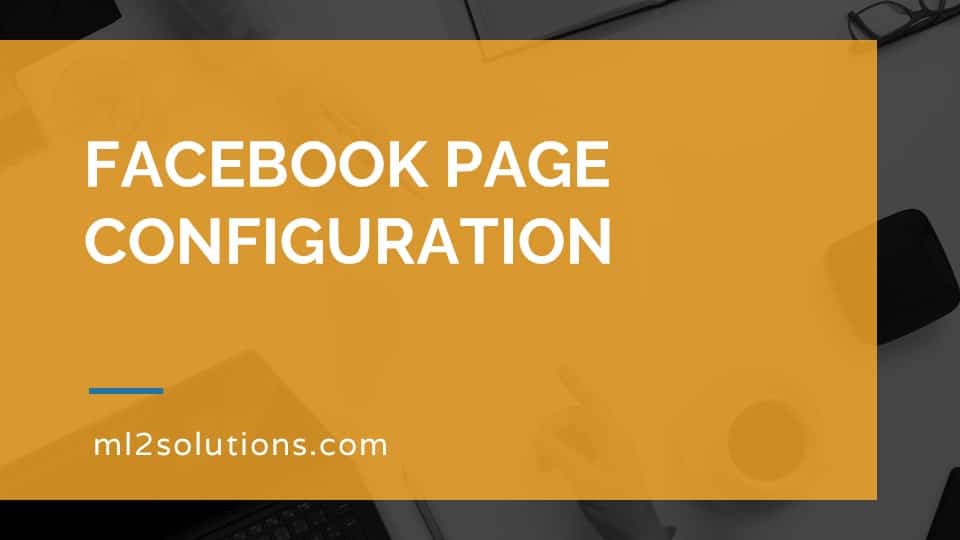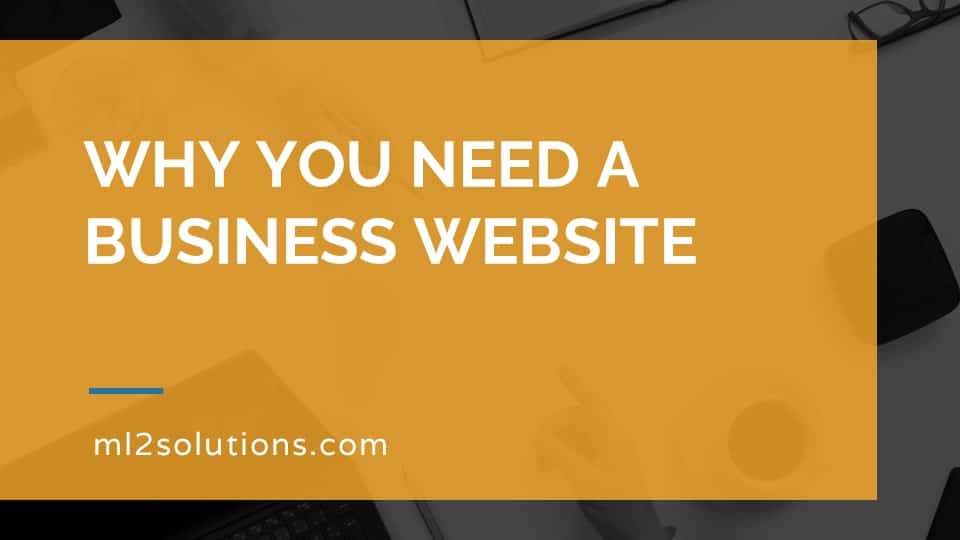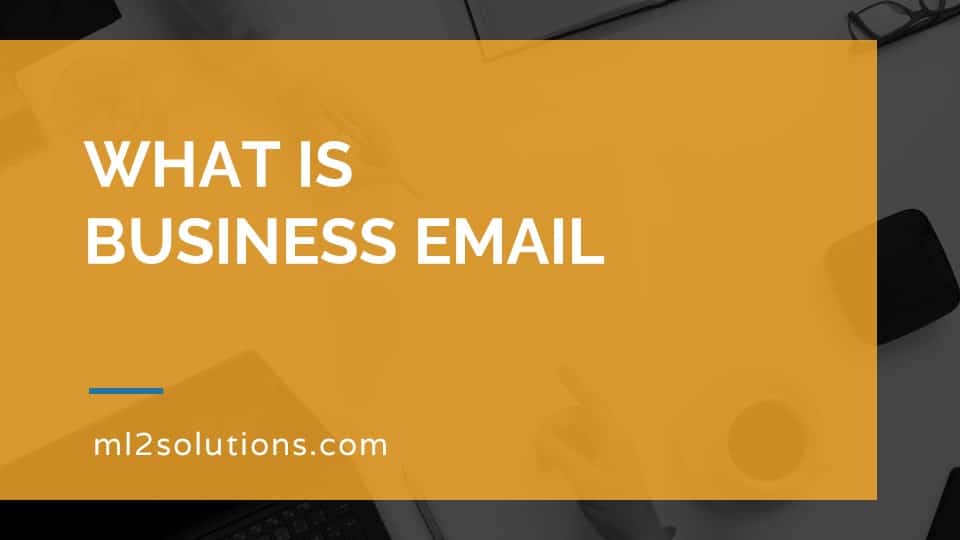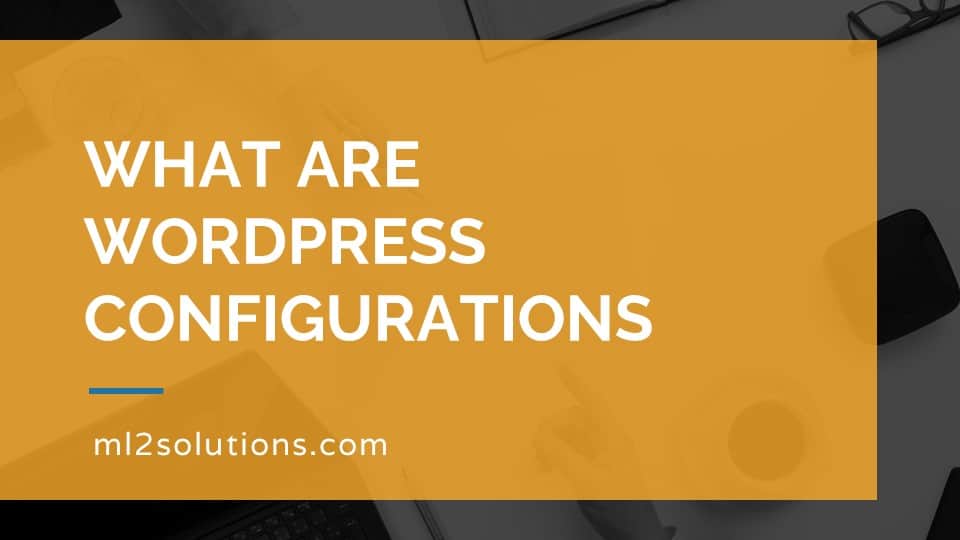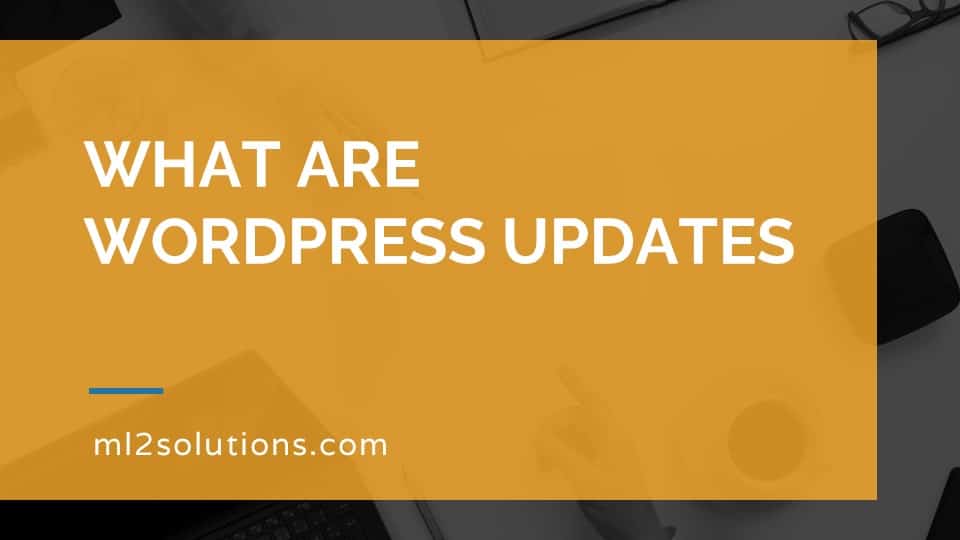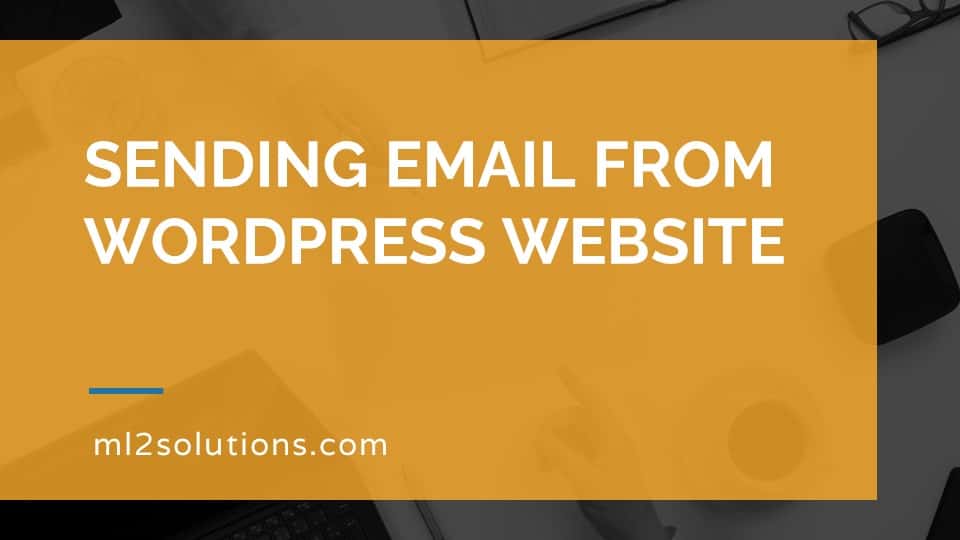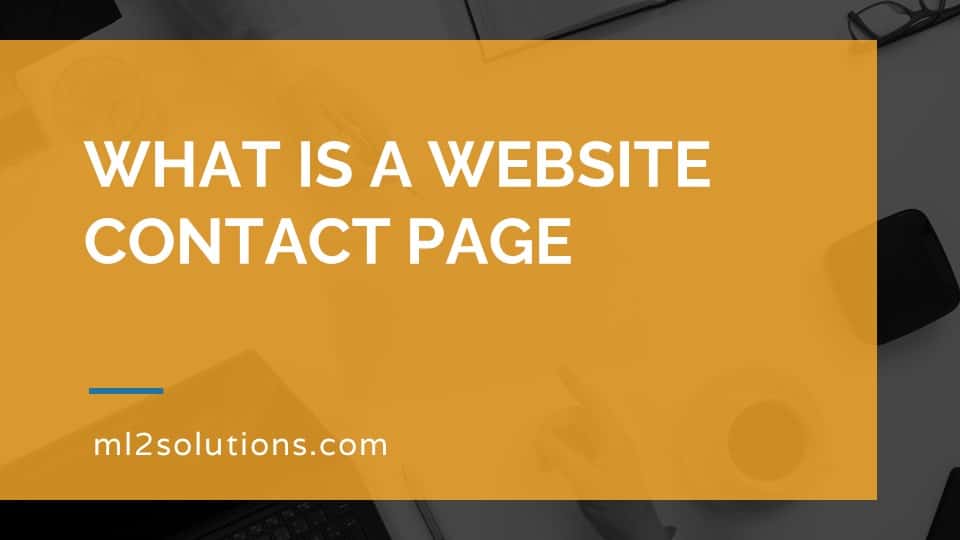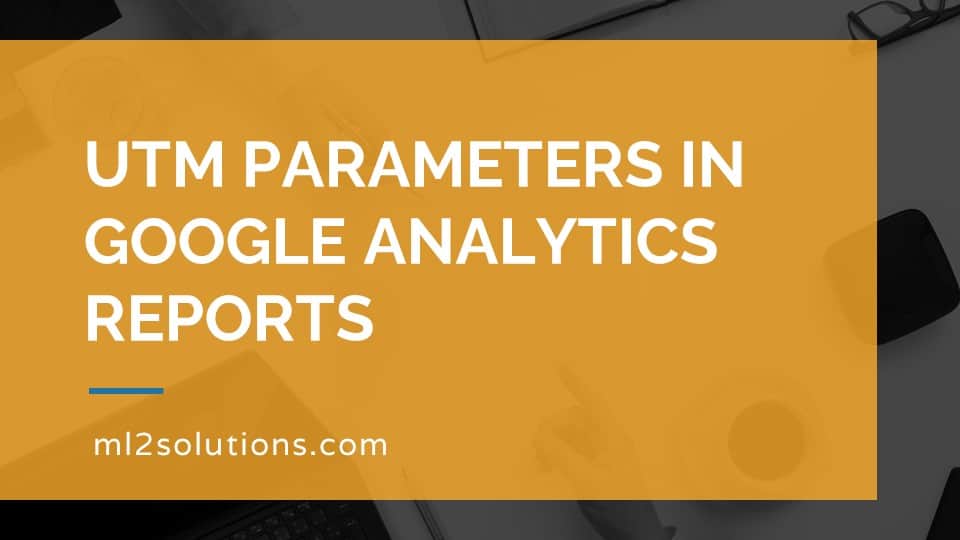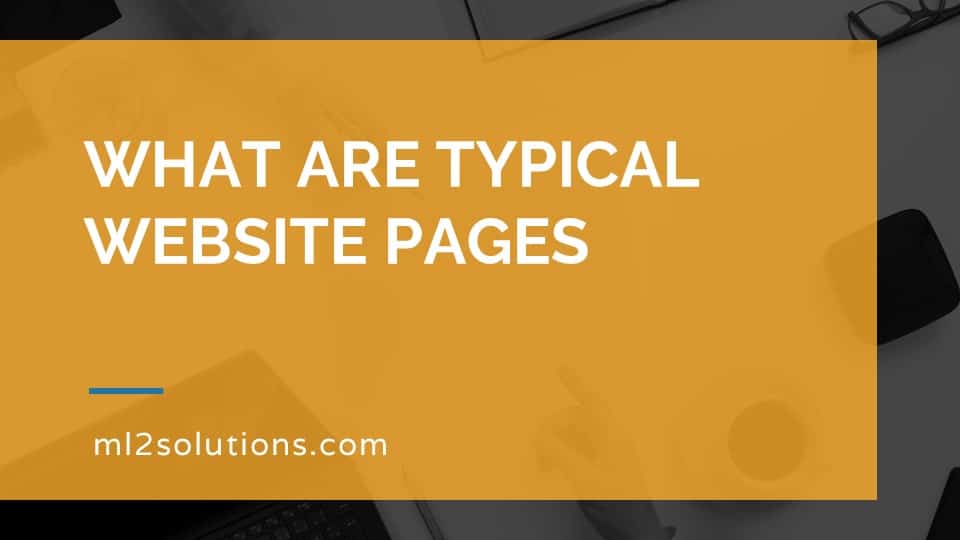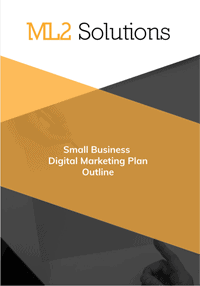A Facebook Page has a number of things that need to be configured after it is created.
The first configuration settings relate to appearance. A Facebook Page can have a cover image and a logo. You can upload images for your business to be set as the cover image and logo.
A Facebook Page has a number of configuration for the Page Info which is displayed under the About screen. This includes general information like a description of your business. You can add contact information like a phone number, email address and website. If you have a physical business, you can a location and add a pin to a map. If your business is open to the public, you can add business hours.
A Facebook Page also has a number of Page Settings. These are settings related to how people interact with your Facebook Page. Most of the default settings are fine but I like to change a few settings. By default, visitors can post to your Page. I like to turn this off especially for a business. There is also the ability for visitors to tag your photos. I also like to turn this off. Finally, I like to turn off the settings that create posts when you update settings on your Page like changing the image or description.
There are a few other configuration settings to set initially on your Facebook Page. A Facebook Page is organized by a set of tabs for things like About, Reviews, Photos, etc. You can determine which tabs to show and their order. Another setting is setting an username for your Facebook Page. This username allows people to message your Facebook Page and forms part of the URL for your Facebook Page. Finally, there is a button near your cover image that you can configure with different actions.
Finally, you can view your Facebook Page as a visitor to see how the Page looks to visitors with all of the editing tools hidden.
If you would like to learn more about how to how to configure a Facebook Page, check out a companion article on Digital Marketing Extreme.

